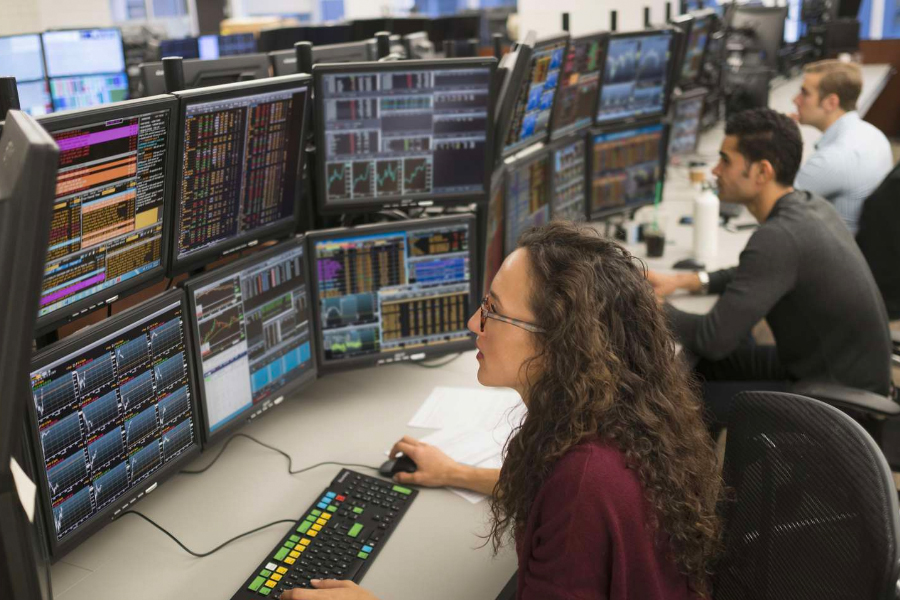Australia has been a hotbed for innovation in the financial sector, and the rise of crypto trading platforms is no exception. As an Australian who has been following the crypto space closely, I’ve seen the landscape evolve from a niche interest to a mainstream phenomenon. This article aims to provide a personal and detailed exploration of the regulatory environment surrounding crypto trading platform in Australia, with a focus on the experiences and insights of those who have been part of this journey.
The Dawn of Cryptocurrency Enthusiasm
I remember the first time I heard about Bitcoin. It was back in 2013, and the idea of a decentralized digital currency was both fascinating and bewildering. Over the years, I’ve watched as the enthusiasm for cryptocurrencies has grown, with more and more Australians getting involved in trading and investing. The allure of crypto trading platforms in Australia is undeniable, with the promise of high returns and the excitement of participating in a new financial frontier.
Navigating the Regulatory Landscape
The growth of crypto trading platforms in Australia has not been without its challenges. Regulatory bodies have been working tirelessly to keep up with the rapid pace of innovation, and the landscape has been constantly shifting. The Australian Securities and Investments Commission (ASIC) has been at the forefront of this regulatory effort, providing guidance and oversight to ensure the safety and integrity of the market.
One of the key regulatory developments has been the introduction of the Design and Distribution Obligations (DDO) for financial products. These obligations require crypto trading platforms to consider the target market for their products and ensure that they are suitable for their customers. This has led to a more customer-centric approach in the industry, with platforms taking greater care to understand and meet the needs of their users.
Another significant aspect of the regulatory environment is the Anti-Money Laundering and Counter-Terrorism Financing Act (AML/CTF). This legislation has had a profound impact on the operations of crypto trading platforms, as they are now required to implement robust Know Your Customer (KYC) and Anti-Money Laundering (AML) procedures. This has been a double-edged sword for the industry, as it has increased the trust and legitimacy of crypto platforms while also adding complexity and costs to their operations.
The Human Side of Regulation
While the regulatory landscape can often seem cold and impersonal, it’s important to remember that there are real people behind the policies and procedures. I’ve had the opportunity to speak with regulators, industry leaders, and everyday users, and their stories have added a personal touch to my understanding of the regulatory environment.
Regulators are not just bureaucrats; they are individuals who are genuinely concerned about the well-being of the market and its participants. They are constantly learning and adapting to the ever-changing crypto landscape, and their efforts have not gone unnoticed by the community.
Industry leaders, on the other hand, have been at the forefront of innovation and compliance. They have had to balance the need for growth and expansion with the necessity of adhering to regulatory requirements. This has led to some incredible innovations in the space, as well as some tough decisions that have shaped the industry as we know it today.
The everyday user is perhaps the most overlooked aspect of the regulatory environment. Their experiences, concerns, and feedback are crucial to understanding the true impact of regulation on the crypto trading platforms in Australia. From the frustrations of navigating complex KYC procedures to the relief of knowing that their investments are protected by robust regulatory frameworks, the user’s perspective is invaluable.
The Future of Crypto Regulation in Australia
As we look to the future, it’s clear that the regulatory environment for crypto trading platforms in Australia will continue to evolve. The government and regulatory bodies are committed to fostering a safe and innovative space for the industry to grow.
There are several key areas of focus for the future of crypto regulation in Australia. These include enhancing consumer protection, promoting technological innovation, and ensuring the stability of the financial system. By striking the right balance between regulation and innovation, Australia has the potential to become a global leader in the crypto space.
In conclusion, the journey of crypto trading platforms in Australia has been a fascinating one, filled with challenges, triumphs, and a lot of learning along the way. The regulatory environment has played a crucial role in shaping the industry, and it will continue to do so in the years to come. As an Australian with a passion for crypto, I am excited to see where this journey takes us next.





